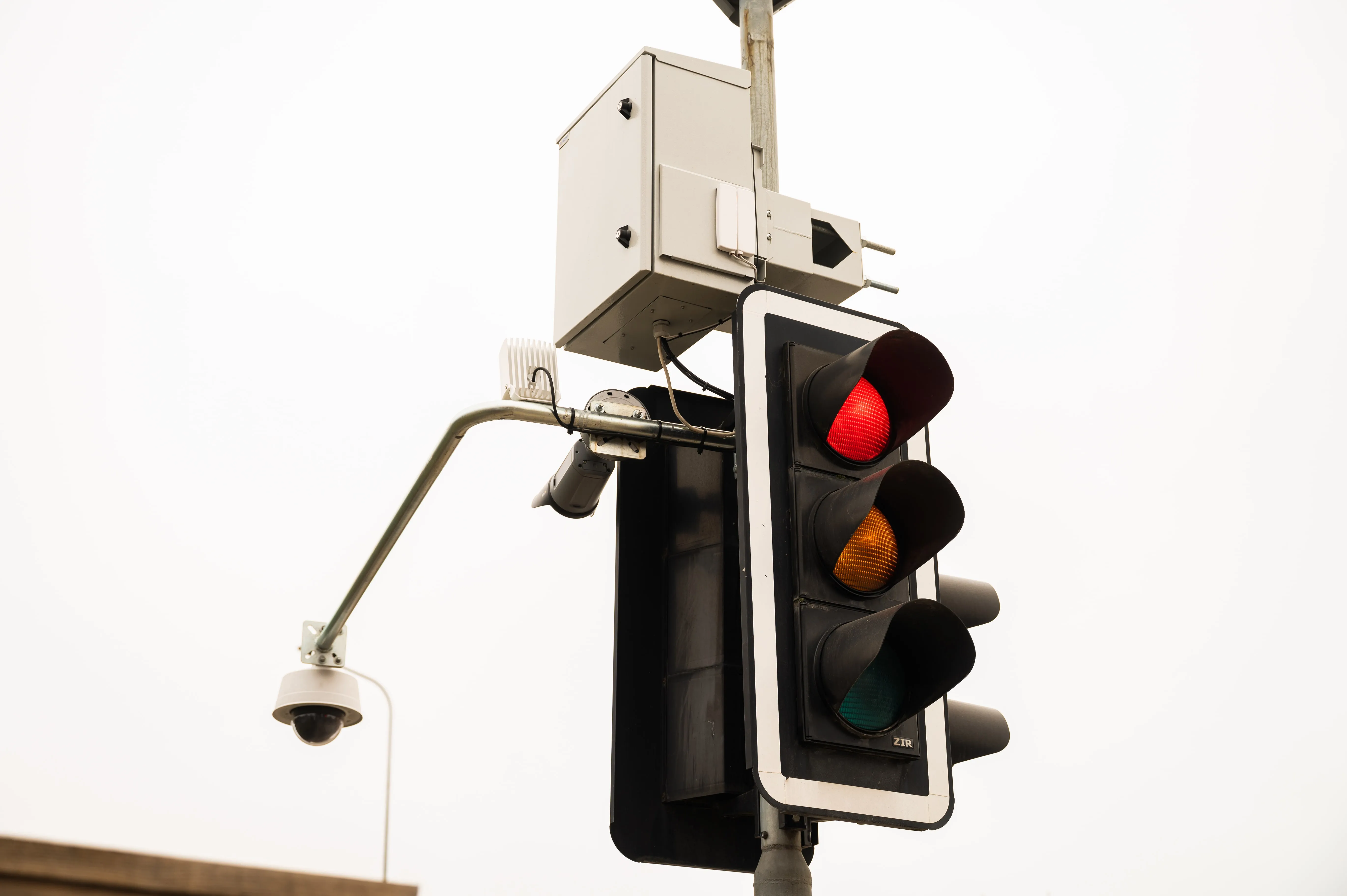According to the US National Coalition for Safer Roads (NCSR), red light cameras don’t only make roads safer for drivers, passengers and pedestrians alike, they also keep communities safe in other ways. From 2011-2012, local police departments from 172 communities across the country requested 4,262 red-light safety camera videos for use in solving crimes. This video footage from key intersections has helped to determine fault in hit-and-run accidents, catch vandals, and even solve shooting investigations. O
March 25, 2013
Read time: 2 mins
According to the US 5755 National Coalition for Safer Roads (NCSR), red light cameras don’t only make roads safer for drivers, passengers and pedestrians alike, they also keep communities safe in other ways.
From 2011-2012, local police departments from 172 communities across the country requested 4,262 red-light safety camera videos for use in solving crimes. This video footage from key intersections has helped to determine fault in hit-and-run accidents, catch vandals, and even solve shooting investigations. Of these requests:
• Forty-six per cent helped resolve vehicle collision investigations
• Thirty-four per cent were used in various police investigations
• Ten per cent aided in robbery cases
• Five per cent assisted in homicide investigations
• Five per cent involved miscellaneous county or city needs
Lawmakers in the state of Washington have taken note of these unintended benefits of traffic cameras. A new bill under consideration would allow law enforcement officials to file for a warrant to access camera photos in an effort to solve crimes beyond traffic infractions. Current law in Washington only allows for the use of these images to enforce traffic laws.
Seattle’s assistant police chief Jim Pugel acknowledges that the cameras “don’t prevent crime, but they do increase the solvability factor of crimes at an incredible rate.”
From 2011-2012, local police departments from 172 communities across the country requested 4,262 red-light safety camera videos for use in solving crimes. This video footage from key intersections has helped to determine fault in hit-and-run accidents, catch vandals, and even solve shooting investigations. Of these requests:
• Forty-six per cent helped resolve vehicle collision investigations
• Thirty-four per cent were used in various police investigations
• Ten per cent aided in robbery cases
• Five per cent assisted in homicide investigations
• Five per cent involved miscellaneous county or city needs
Lawmakers in the state of Washington have taken note of these unintended benefits of traffic cameras. A new bill under consideration would allow law enforcement officials to file for a warrant to access camera photos in an effort to solve crimes beyond traffic infractions. Current law in Washington only allows for the use of these images to enforce traffic laws.
Seattle’s assistant police chief Jim Pugel acknowledges that the cameras “don’t prevent crime, but they do increase the solvability factor of crimes at an incredible rate.”









